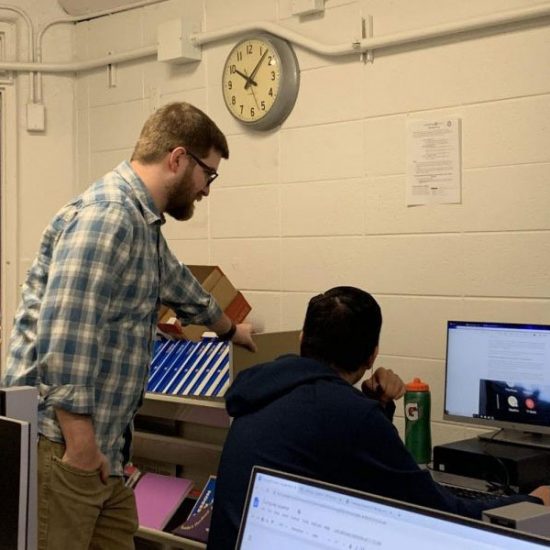How do I use the Get the Facts Out resources effectively?
Get the Facts Out has a great many materials aimed at spreading accurate information about the teaching profession — flyers, posters, presentations for students, faculty workshops, conversation starters, and more (see getthefactsout.org/recruiting-resources).
If you’re a faculty member or advisor working to recruit students to the teaching profession, you are probably eagerly making use of these materials. But, you may have wondered:
“Am I using these materials in the most effective way?”
You may have wondered the exact same thing if you’ve picked up someone else’s instructional materials (e.g. clicker questions or worksheets). What was the designer’s vision of how this should be used?
What is Fidelity of Implementation?
Those questions lie at the heart of fidelity of implementation1, or whether implementation included the critical elements of the original design of the intervention. As the Get the Facts Out external evaluator, I knew it was important for the project to define not just what should be done (e.g. “do a presentation”) but how it should be done (e.g. “include active interpretation of salary data.”) After all, if we know that faculty gave a lot of presentations to students, but we observed no changes in the students’ perceptions of teaching as a profession, we need to know if this is because (a) the intervention didn’t work, or (b) the intervention was delivered differently by people other than the original developer.
Thus, as project evaluator, I set out to help the project develop a list of critical features of implementing a Get the Facts Out presentation, workshop, or campaign. What should a workshop look like? What should presenters do? We needed to consider things such as the messages, the activities, and duration (“dosage” in fidelity of implementation terms). We also needed to make the list short enough that someone could hold these different ideas in their mind.
 Emphasize the key messages
Emphasize the key messages
One critical element identified was to emphasize the key message of Get the Facts Out:
“Teachers in the U.S. rate their lives better than all other occupation groups, trailing only physicians.”
The project had determined that this message is sticky2 and likely to help students recognize the lesser-known benefits of the profession.
Avoid voicing misperceptions
Another critical element is to avoid voicing misperceptions about teaching as a profession. Early versions of the workshop included highlighting the fact that many people think that teachers can only retire later in life. However, stating the misperception risks the students remembering the incorrect information rather than the correction (a common phenomenon in science teaching as well). Thus, the project shifted to sharing the positive aspects of teaching that are supported by data, without voicing the common misperceptions that are being corrected by that data.
Checklists are available for you
![]() The result of this work was to generate a set of 3 checklists that can be used by people planning to give a presentation to students or faculty or to use Get the Facts Out materials locally as part of a recruitment campaign. You can also complete a self-reflection rubric to consider how you did in these areas, to learn for next time. You can find those checklists on the Get the Facts Out website:
The result of this work was to generate a set of 3 checklists that can be used by people planning to give a presentation to students or faculty or to use Get the Facts Out materials locally as part of a recruitment campaign. You can also complete a self-reflection rubric to consider how you did in these areas, to learn for next time. You can find those checklists on the Get the Facts Out website:
- Student presentation checklist
- Faculty workshop checklist
- “Sharing the facts” checklist for a recruitment campaign
Taking a look through these before each time you use the resources will help you glean some of the key practices that have been uncovered by the team’s research, and help your efforts go even further!
References
(1) Century, J., Rudnick, M., & Freeman, C. (2010). A framework for measuring fidelity of implementation: A foundation for shared language and accumulation of knowledge. American Journal of Evaluation, 31, 199–218. doi:10.1177/ 1098214010366173.
(2) Heath, C., & Heath, D. (2007). Made to stick: Why some ideas survive and others die. New York: Random House.



